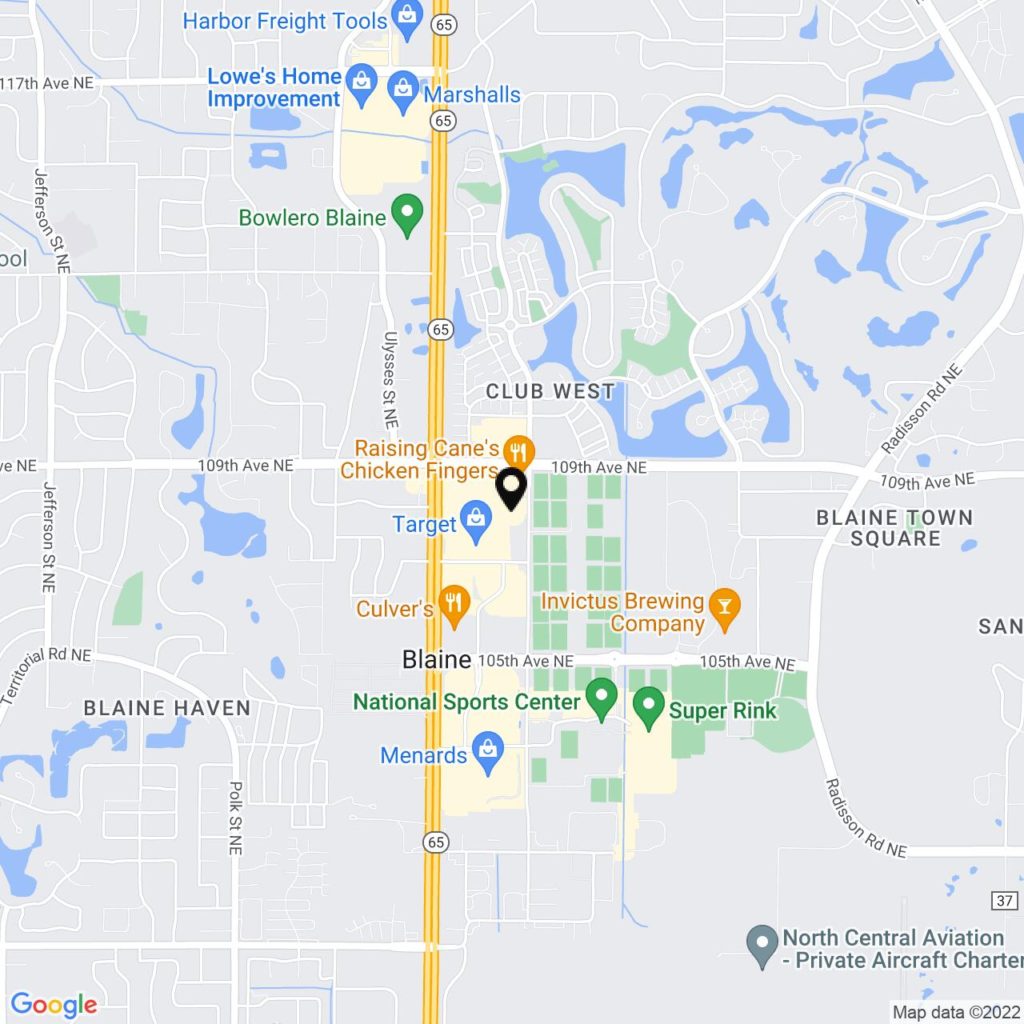Let’s take a minute to talk about emergency relief, in the form of restraining orders. This is heavy stuff, and it’s not easy to talk about, but it’s important. On any given day, more than a million restraining orders are in place throughout the United States. That’s a mind-blowing number of cases, each with its own story. Given those statistics, there’s a pretty good chance that you know someone who has filed for one, or will file for one at some point. Maybe that person is you. We hope not, but it’s still a good idea to know your options in the event that you do find yourself needing legal protection. Why? Because there is more than one type of emergency relief, and applying for the wrong kind can backfire. When your safety is at stake, this isn’t something you want to get wrong. We’re here to help. Let’s talk it through.
Most people think of a restraining order as a blanket legal judgment that keeps the bad guys or gals away. It’s a commonly held myth, perpetuated by TV and movies and the media. Unfortunately, that’s not really how it works.
Here’s the truth: There are three main types of emergency relief. Each is based on a complex legal statute, but we’ll do our best to explain these types in a way that make them easy to understand.
The first type is an Order for Protection (OFP). An OFP is a restraining order that must take place between people who share some type of domestic relationship. This might mean a current or former spouse or romantic partner, someone with whom you have a child, or a family member.
What doesn’t count as a domestic relationship? Your neighbor. Your coworker. The guy on the corner who gives you the creeps.
Then there’s a Harassment Restraining Order (HRO). This is a restraining order that isn’t contingent on the relationship between the two parties. In other words, this is the restraining order you’d put into place if the problem is a neighbor or acquaintance.
Let’s pause here to point out that both OFPs and HROs are reactive. That means that something needs to have already happened in order to have legal causality to file a petition for one of these orders. In other words, you can’t file an HRO simply because the person who just moved across the street from you looks like a shady character. And you can’t file an OFP simply because you suspect that your significant other has a darker side that he or she has not revealed to you.
An HRO is most commonly triggered by either: 1) a single incident of abuse, or 2) a pattern of intrusive or unwanted acts, words, or gestures that create a substantial adverse effect on your safety, security, or privacy. The standards for OFPs are similar, though a bit more restrictive. For instance, OFPs are limited to cases in which domestic abuse has occurred or has been threatened.
So what happens if you have good reason to be concerned for your safety but a “qualifying incident or pattern” hasn’t happened yet? That’s when we would consider the third type of emergency relief: An Emergency Motion. Emergency Motions can only happen within the context of a civil case, such as a divorce or custody dispute. However, an Emergency Motion and civil case can be opened up at the same time. An Emergency Motion is proactive. You can even apply for a special version of an Emergency Motion called an ex parte that can be filed quickly without the other party finding out about it until the motion has already taken place, and a temporary court order may already be entered. This type of relief often fits when someone exhibits behavior that sets off alarm bells (such as substance abuse or severe mental health issues) but has not directly abused or harassed the person seeking emergency relief.
Why did we just walk you through all these details? Because people, even attorneys, often misuse the various types of emergency relief. And if your attorney files for the wrong kind of relief, chances are it’ll get dismissed in court. You might be granted temporary protection, but when you arrive at the hearing it’ll likely be thrown out, and you’ll be vulnerable again. That is scary stuff. Plus, you’ll have wasted a whole lot of legal fees. And believe it or not, it happens all the time.
The solution: Work with attorneys who truly know the statutes. Put your trust in people who take the legal nuances really, really seriously. At Johnson/Turner Legal, we look at the outcome each client needs and then we select the best route to take to get there. A client might have been told to get an OFP but we know that an Emergency Motion is more likely to be successful based on the specific case.
We’re focused on both the quality of the end result for our client and the efficiency of legal fees in the process. It’s about making the smart, safe choice for you and your family. Because in the end, that’s all that matters.















